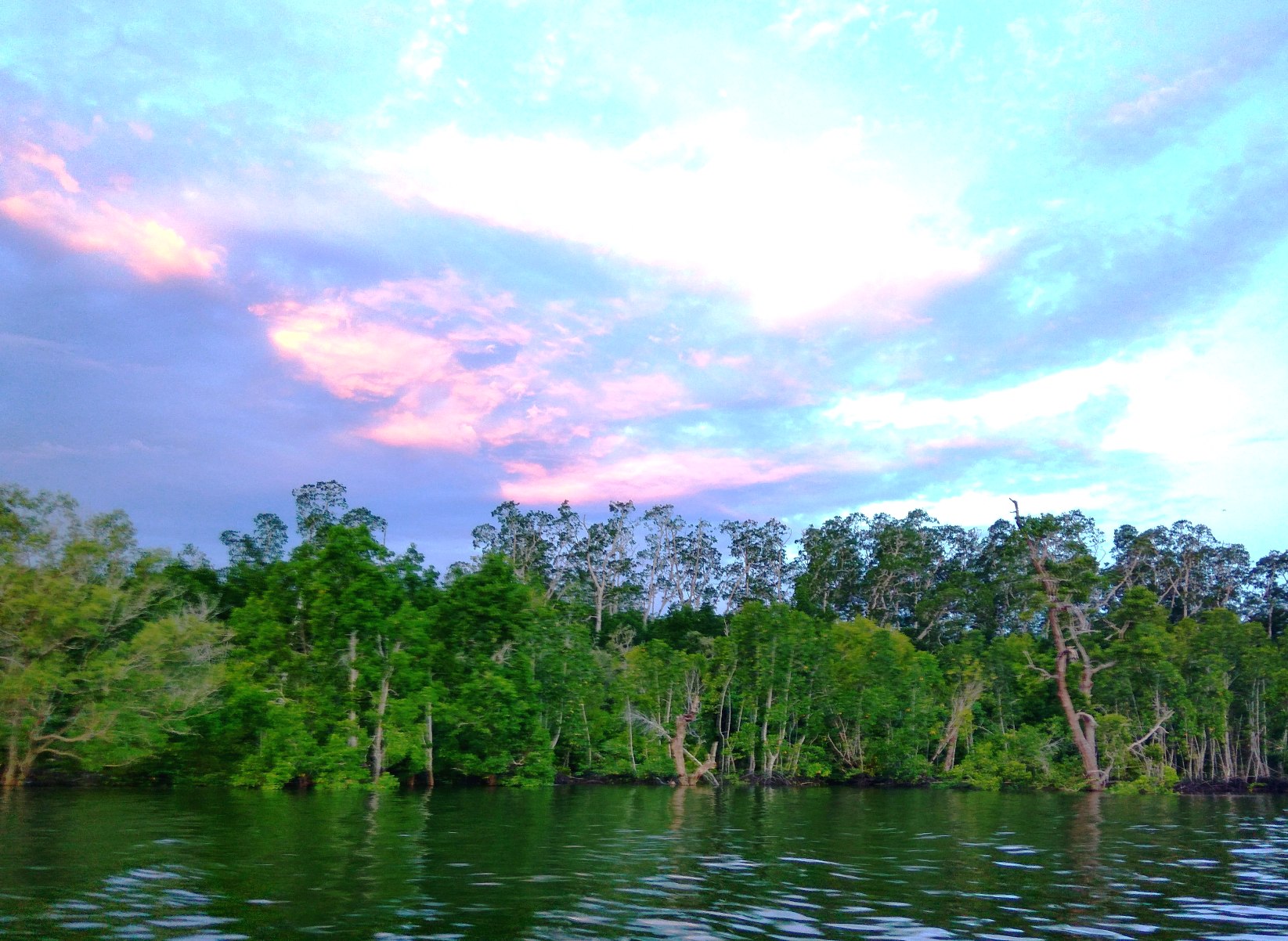1. "EARTHQUAKE"

An earthquake (also known as a quake or tremor) is the
result of a sudden release of energy in the Earth’s crust that creates seismic
waves. The seismicity or seismic activity of an area refers to the frequency,
type and size of earthquakes experienced over a period of time. Earthquakes are
measured using observations from seismometers. The moment magnitude is the most
common scale on which earthquakes larger than approximately 5 are reported for
the entire globe. The more numerous earthquakes smaller than magnitude 5
reported by national seismological observatories are measured mostly on the
local magnitude scale, also referred to as the Richter scale. These two scales
are numerically similar over their range of validity. Magnitude 3 or lower
earthquakes are mostly almost imperceptible and magnitude 7 and over
potentially cause serious damage over large areas, depending on their depth.
The largest earthquakes in historic times have been of magnitude slightly over
9, although there is no limit to the possible magnitude. The most recent large
earthquake of magnitude 9.0 or larger was a 9.0 magnitude earthquake in Japan
in 2011 (as of March 2011), and it was the largest Japanese earthquake since
records began. Intensity of shaking is measured on the modified Mercalli scale.
The shallower an earthquake, the more damage to structures it causes, all else
being equal.
At the Earth’s surface, earthquakes manifest themselves by
shaking and sometimes displacement of the ground. When the epicenter of a large
earthquake is located offshore, the seabed may be displaced sufficiently to
cause a tsunami. Earthquakes can also trigger landslides, and occasionally
volcanic activity.
In its
most general sense, the word earthquake is used to describe any seismic event —
whether natural or caused by humans — that generates seismic waves. Earthquakes
are caused mostly by rupture of geological faults, but also by other events
such as volcanic activity, landslides, mine blasts, and nuclear tests. An
earthquake’s point of initial rupture is called its focus or hypocenter. The
epicenter is the point at ground level directly above the hypocenter.
2. "TORNADO"

Tornadoes are known as
one of the most damaging disasters. What is the description of tornadoes? A tornado is a very powerful column of winds which spirals around a
center of low atmospheric pressure. A tornado will look like a large black
funnel which hangs down from a storm cloud.
The name
"tornado" derives from the Latin "tonare". It means
"to thunder." While the Spanish developed the word into
"tornear" which means "to turn or twist". This is why a
tornado is sometimes called twister or cyclone.
The winds inside a
twister can spin around at speeds up to 500 miles an hour, but it usually
travels at roughly 300 miles an hour. This speed twisting makes a tornado the
most dangerous storm.
The average tornado has a
diameter of about 200 to 300 yards. The smaller tornadoes are known as
satellite tornadoes. These small offspring, about 50 yards across, can be very
fierce and do lots of damage.
The forming of a tornado
can be very quick. Sometimes it can form in a minute or less. A tornado can
travel across the ground at high speeds, then it can suddenly vanish. Most
tornadoes last less than twenty minutes and travel less than 15 miles. However,
the super storms sometimes travel over 100 miles before they are exhausted.

3. "JAKARTA CITY"

Jakarta is a capital city of Indonesia. Jakarta is located on the northwest Java.
The most popular food in Jakarta are Kerak Telor, Ketoprak, and Soto Betawi. There are so many cultural in Jakarta. There are many old buildings there.
But now, Jakarta has influenced by Globalization. Globalization gives many Impact. Negative impact and positive impact. There are many positive impact. But, because the positive impact, there are many negative impact too.
An example of positive impact is, there are a lot of tourist that goes vacation to Jakarta. and then, the tourist will see Indonesian culturals, old buildings, and many gives. But, from that positive impact, the negative impact is rivers in Indonesian especially Jakarta, the rivers are polluted by waste. And if Jakarta is rainy, there are always flood.
4. "MANGROVE TREES"
A mangrove is a tropical marine tree. Mangroves have special aerial roots and salt-filtering tap roots which enable them to thrive in brackish water. Brackish water is salty but not as salty as sea water.
Mangrove trees are commonly planted and found in coastal areas. Mangroves can serve as walls of protection for natural disaster in coastal area like tsunami. According to BBC News, healthy mangrove forests had helped save lives in the Asia disaster tsunami and people tended to respect these natural barriers even more, especially after the tsunami.
There are several species of mangrove tree found all over the world. Some prefer more salinity, while others like to be very-close to a large fresh water source such as river. Some prefer areas that are sheltered from waves. Some species have their roots covered with sea water every day during high tide. Other species grow on dry land but are still part of the ecosystem. The Times of India reported that rare species of mangrove had been found and was also known as the looking-glass tree, probably because the leaves are silver-coated.
Mangroves need to keep their trunk and leave above the surface of the water. Yet they also need to be firmly attached to the ground so they are not moved by waves.
Any part of root that appears above the water flows oxygen to the plant under water surface. as the soil begin to build up, these roots procedure additional roots that become embedded in the soil.

Komentar
Posting Komentar